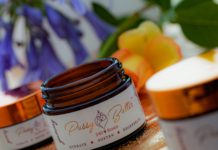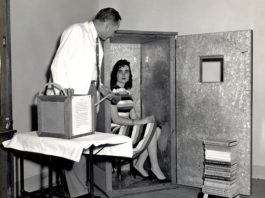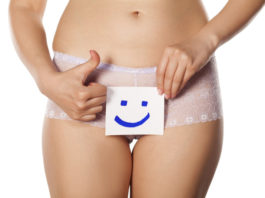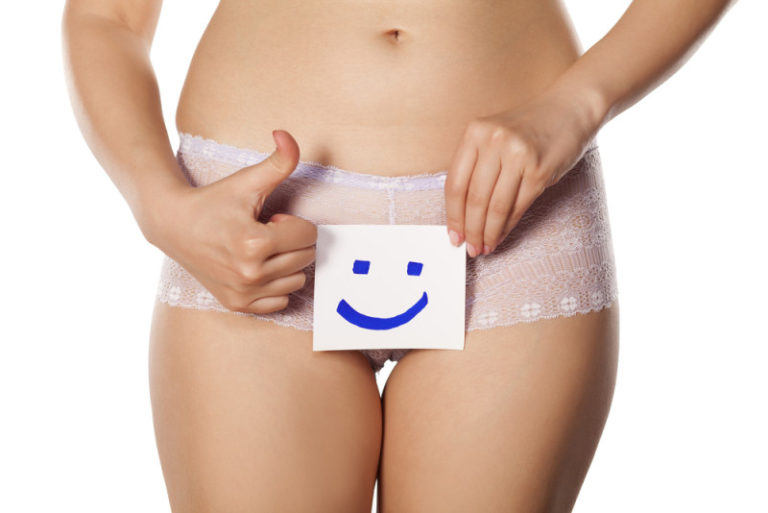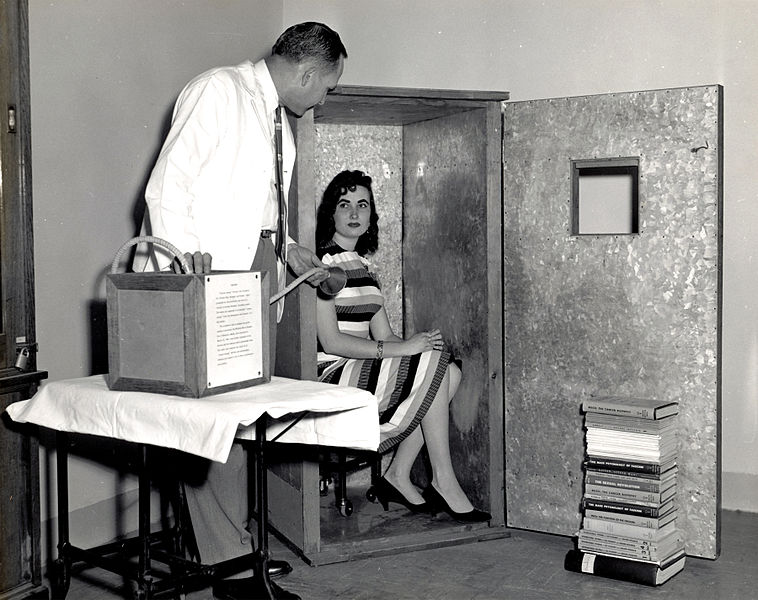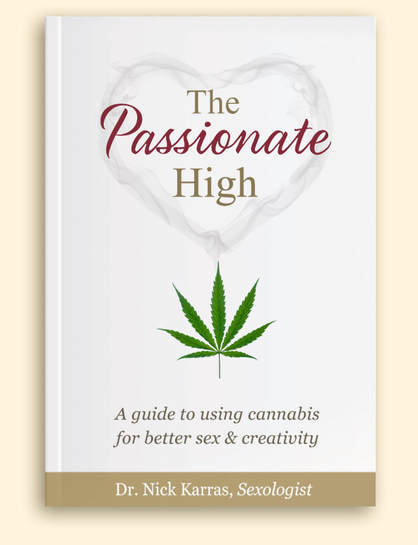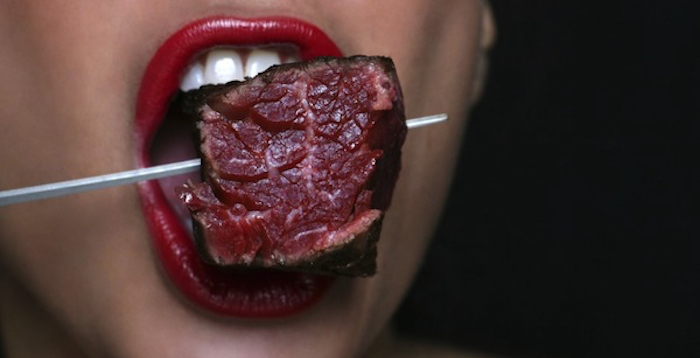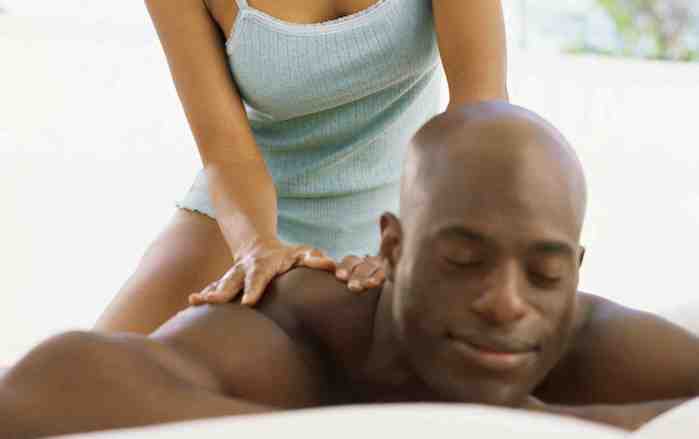With over 2/3 of the United States allowing some level of legal cannabis, Sexologists and Sex Therapists are recommending that people get high before getting it on. Part of the ancient ritual of Tantric Sex, cannabis is now being used by people of all ages sex for a more amazing, exciting, and sensual sexual experience. Now that it’s so legal, the time is right to have fun with this exciting, magical plant that can make sex better. And “budder.”
Dr. Nick Karras, a California sexologist from San Diego, has published a new, sex educational, infotaining mini e-book called The Passionate High. Karras, who is a practicing couples counselor, told me he has seen the “intentional use of marijuana actually save people’s marriages.” Bringing people closer on many levels, he says it’s about “incorporating the unique cognitive and physical effects that cannabis provides to cultivate deeper connections and greater creativity.” For only $2.99 his e-book tells you what you how to effectively do it right with the help of the “fun bud”.
The book offers one of the first “sex with cannabis for beginners” guides, explaining the strains of marijuana; (Sativa for a more giggly, cerebral high and Indica, which provides more of a relaxing, body stone.) He explains exactly how to ingest it (smoke it, don’t eat it as edibles can get you so stoned you won’t be able to locate your penis or vagina.) “The secret is micro-dosing” he says, “Start low and go slow.”
It’s also important to create a “ritual” he says, such as music, which can have a powerful influence, and soft lighting, which is important, especially when you’re stoned. “Cannabis heightens the senses,” he says, creating incredible tactile sensations and increased blood flow and circulation. He recommends a slow, sensual massage after smoking, with along with the relaxing effects of marijuana, lets your worries and stresses “fade to the background to let you more fully experience the present moment.” He also notes that cannabis “creates a deeper empathetic understanding of the other person needs,” a groovy side-effect.
So how does cannabis actually work? It “lights up” the pleasure centers of the brain, so that you relax and feel less distracted, which helps you to “let go”, be present, and be “in the moment.” “One of the most amazing features of cannabis”, says Karras, “is that is slows down time, allowing you to focus in on each moment. People often express to me the way cannabis “lights up” their senses and helps them relax.” Although alcohol can relax people, it can also have a numbing effect and impair judgement. “Cannabis, he says “focuses your awareness, eliminating past and future thoughts and keeping you focused on the amazing sex you’re in the middle of having.
Recent studies have also shown than people preferred the sexual effects of pot over alcohol, and reported that cannabis lowered inhibitions and increased the quality and frequency of orgasms. Karras notes that “Cannabis is a truly amazing gift that can be used to strengthen or awaken passion.”















